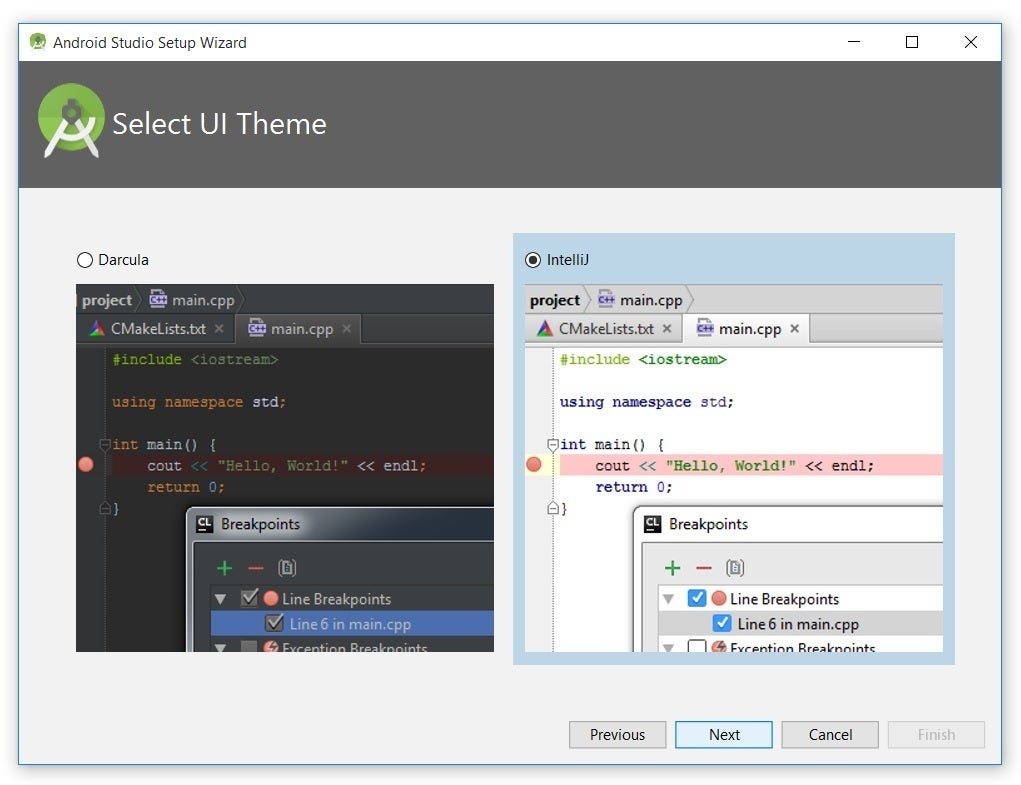
Either way, Android Studio responds with the Select Deployment Target dialog box. Alternatively, you can click the green triangle button on the toolbar. You can run the example application (W2A) or any other app by selecting Run 'app' in the Run menu. Run your Android app on an emulated device For my example I'll be using an Amazon Kindle Fire HD tablet, but the instructions should generally apply to the device of your choice. In this section I'll show you how to run an Android application two ways: first on an emulated device, and then on an actual device.


For example, you could use the Generate Signed Bundle / APK menu item to build a signed app bundle or APK. Do more with the Build menuĪndroid Studio's Build menu lets you perform several build tasks. If necessary, Gradle will automatically rebuild the app before its APK is installed and the app is run. Another approach is to actually run the app. For example, you could select Rebuild Project from the Build menu. There's more than one way to build an Android app. The event log reveals no problems (click to enlarge) Click on this message and the Event Log window appears. After a little while, you should observe a Gradle Build Finished message.

You should observe a Gradle Build Running message on the status bar. The menu bar provides a Build menu, which you'll use to access Gradle and build the example application. If you haven't already, start up Android Studio. Now you're ready to build the app for the first time. If you followed along in Part 2, you've already loaded your source code and resource files into your Android Studio project. Note that this series has been updated for Android Studio 3.2.1, the current stable release as of this writing.


 0 kommentar(er)
0 kommentar(er)
